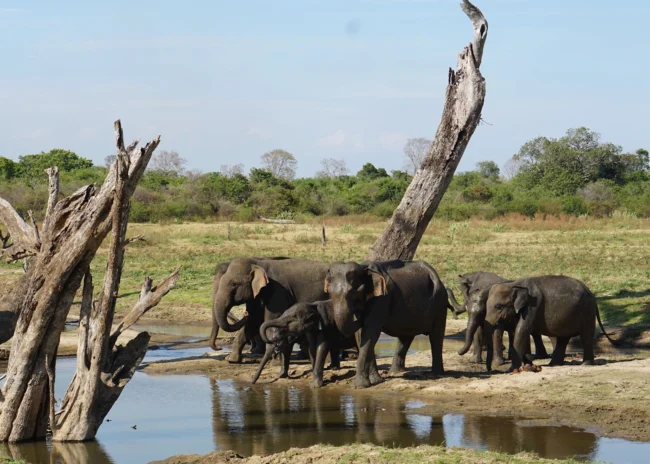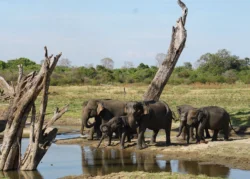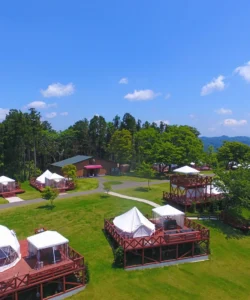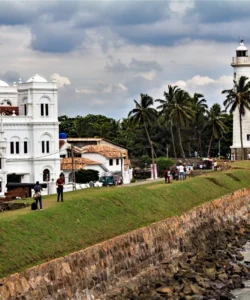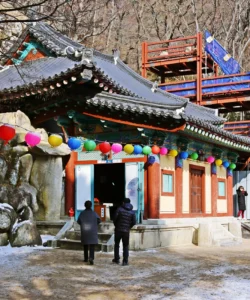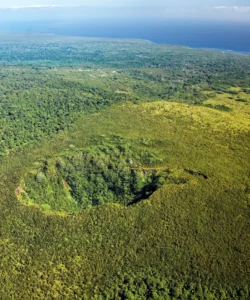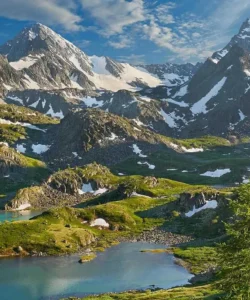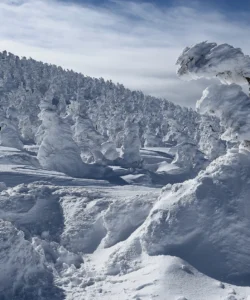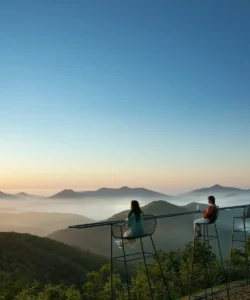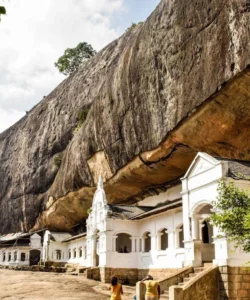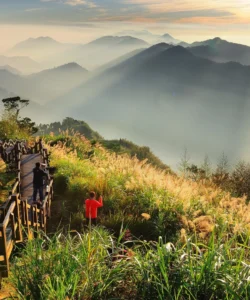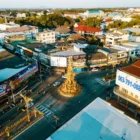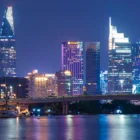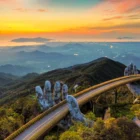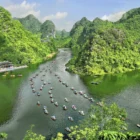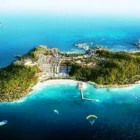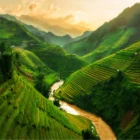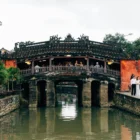Udawalawe National Park is a prominent wildlife sanctuary located on the boundary of Sabaragamuwa and Uva Provinces in southern Sri Lanka. Established to provide a sanctuary for wild animals displaced by the construction of the Udawalawe Reservoir, it has since become one of the best places in Sri Lanka, and indeed one of the best in the world, to see large herds of wild elephants. Its open grasslands, scrub jungle, and the vast reservoir itself create an ideal environment for wildlife viewing, offering an authentic and rewarding safari experience.
Name: Udawalawe National Park (උඩවලව ජාතික වනෝද්යානය)
Address: Udawalawe, Sri Lanka. The main entrance is the Mau Ara Entrance, located near the town of Udawalawe.
How to get there:
Reaching Udawalawe National Park typically involves first getting to Sri Lanka (Colombo) and then traveling to the park’s vicinity:
- From Colombo (Bandaranaike International Airport – CMB) to Udawalawe:
* Taxi/Private Car: The fastest and most comfortable way, taking approximately 3-4 hours (around 160-180 km), often via the Southern Expressway. You can pre-book a transfer or hire a taxi at the airport.
* Bus: Take a bus from Colombo’s Bastian Mawatha Bus Terminal towards Embilipitiya. The journey can take 4-5 hours. From Embilipitiya, take a local bus or tuk-tuk to Udawalawe town/park entrance (approx. 30-45 minutes).
* Train + Bus/Taxi: Take a train from Colombo Fort to Beliatta (the end of the Southern Railway Line, approx. 3-4 hours), then take a bus or taxi for the remaining 40-50 km to Udawalawe. - Within Udawalawe/Safari Entry:
- Once in Udawalawe town or staying at a nearby hotel/guesthouse, you’ll need to arrange a safari jeep and a licensed guide/driver. Park entry fees are separate from jeep hire fees.
- Safaris typically depart very early in the morning (around 5:30 AM) or in the afternoon (around 2:00 PM) to maximize wildlife sightings.
Operating Hours and Entrance Fee:
- Operating Hours: The park is generally open daily from 6:00 AM to 6:00 PM. Visitors must exit by 6 PM.
- Entrance Fee: For foreign visitors, there is a per-person entrance fee (which varies, but is typically around $20-30 USD plus taxes and service charges, subject to change). There are also separate fees for the safari jeep (per vehicle, not per person) and a mandatory tracker from the park.
Landscape and Architecture:
Udawalawe National Park’s “architecture” is its expansive and relatively open natural landscape, designed by nature and influenced by human water management:
- Udawalawe Reservoir: A vast man-made reservoir (tank or wewa) forms a significant part of the park’s northern boundary and influences its ecosystem. Its open waters and surrounding marshlands are crucial for elephants and water birds.
- Open Grasslands and Savanna: Unlike the denser scrub jungle of Yala, Udawalawe features more extensive open grasslands and a drier, more savanna-like environment. This provides excellent visibility for spotting large mammals.
- Scrub Jungle and Riverine Forest: Patches of thorny scrub jungle and taller riverine forests along the Walawe River (which feeds the reservoir) offer shelter and Browse for animals.
- Rocky Outcrops and Islands: Scattered small rocky outcrops and islands within the reservoir provide natural features for animals and birds.
- The Walawe River: A major river flowing through the park, providing a perennial water source.
- Elephant Transit Home (ETH): While not inside the park, the nearby Elephant Transit Home, managed by the Department of Wildlife Conservation, is an important facility that rehabilitates orphaned elephant calves before releasing them back into the wild (including Udawalawe). Its public feeding times are a popular complementary attraction.
- Simple Safari Tracks: The park is traversed by a network of unpaved jeep tracks for safari vehicles.
- Observation Huts (Limited): Some basic observation huts or elevated platforms might be found near waterholes.
What makes it famous:
Udawalawe National Park is famous for:
- High Concentration of Elephants: It is arguably the best place in Sri Lanka to see large herds of wild elephants, with sightings almost guaranteed on a safari. The open landscape makes them easier to spot than in denser jungles.
- Elephant Transit Home (ETH): The nearby ETH, a unique rehabilitation center for orphaned elephants, is a major draw, allowing visitors to witness feeding times and learn about elephant conservation.
- Excellent Safari Experience: Offers a highly rewarding and authentic wildlife safari in an accessible and well-managed park.
- Diverse Birdlife: The park is also a haven for birdwatchers, with over 180 bird species, including many raptors and migratory waterfowl.
- Other Mammals: While elephants are the stars, the park is also home to wild buffalo, sambar deer, spotted deer, wild boar, crocodiles (marsh and saltwater), and sometimes elusive leopards (though less common than in Yala) and sloth bears.
- Picturesque Reservoir Setting: The vast Udawalawe Reservoir provides a beautiful backdrop and is a vital water source for the park’s abundant wildlife.
Differences from some other wonders:
Udawalawe National Park distinguishes itself from other national parks and wildlife sanctuaries in several key ways:
- “Elephant Paradise” Specialization: While Yala is famous for leopards and overall biodiversity, Udawalawe is specifically renowned as Sri Lanka’s “Elephant Kingdom.” The sheer numbers and consistent sightings of large elephant herds make it the top choice for elephant enthusiasts, a more focused safari experience.
- Open Savanna-like Landscape: Compared to the denser scrub jungle of Yala, Udawalawe’s more open grasslands and savanna-like environment provide superior visibility for spotting and observing elephants and other large mammals, enhancing the safari experience.
- Purpose of Establishment (Reservoir Mitigation): The park was specifically established to protect displaced wildlife after the construction of the Udawalawe Reservoir. This origin as an “ecological mitigation” park for a man-made water body is unique and highlights a successful conservation effort.
- Elephant Transit Home (ETH) Integration: The direct connection and importance of the nearby Elephant Transit Home (ETH), which rehabilitates and releases elephants into Udawalawe, adds a unique and heartwarming conservation narrative that is actively part of the park’s visitor experience.
- Fewer Leopard Focus: While leopards are present, the primary focus here is less on big cat sightings and more on the abundance of elephants and other herbivores, offering a different kind of safari compared to the more predator-focused safaris in Yala.
- Less Seasonal Closure: Unlike Yala which sometimes closes for a month, Udawalawe tends to have more consistent year-round opening, making it a more reliable option for safaris at any time.
In essence, Udawalawe National Park is a magnificent wonder, a vital sanctuary for Sri Lanka’s wild elephants, offering an unparalleled opportunity to witness these majestic creatures in their natural habitat against a backdrop of beautiful, open landscapes.
